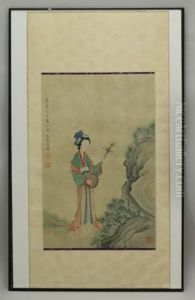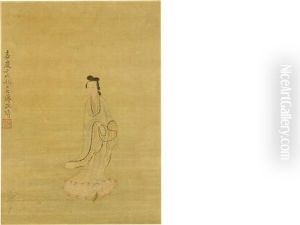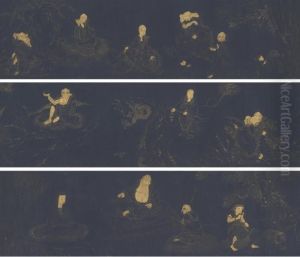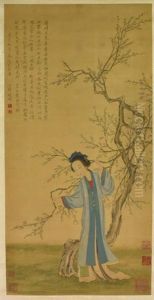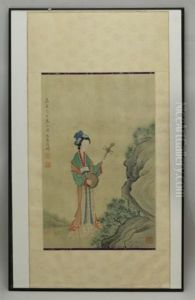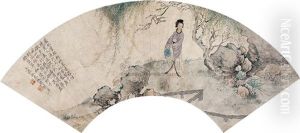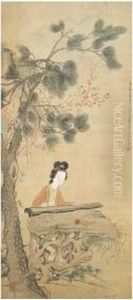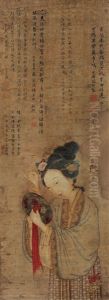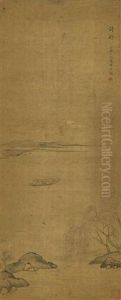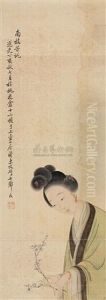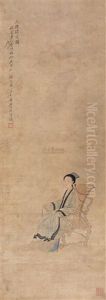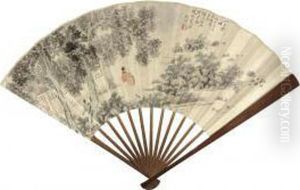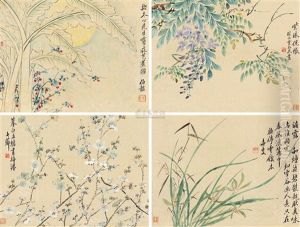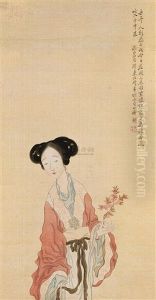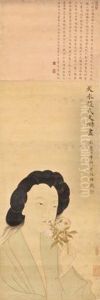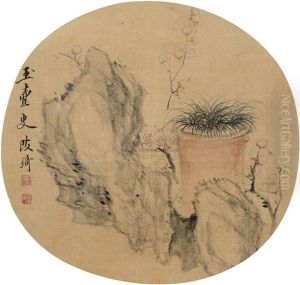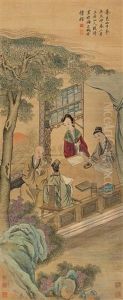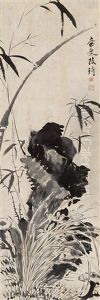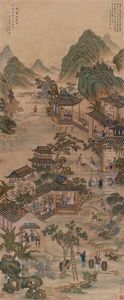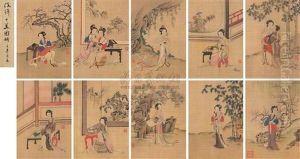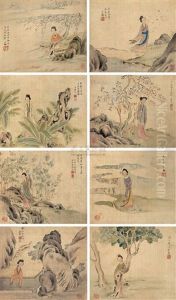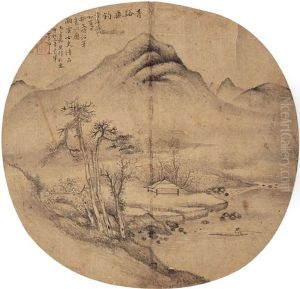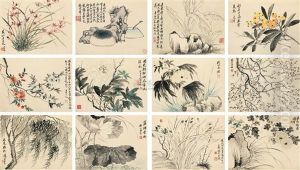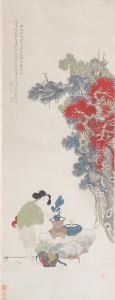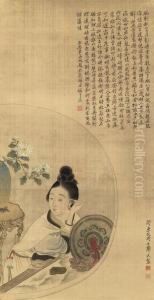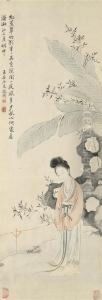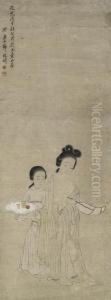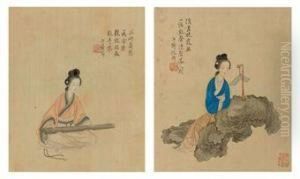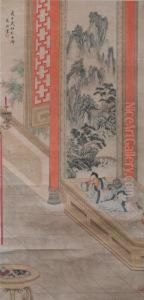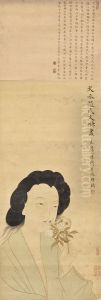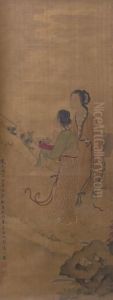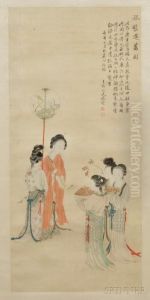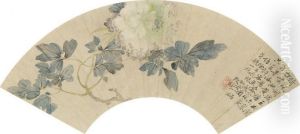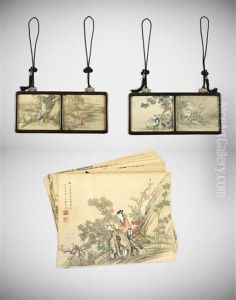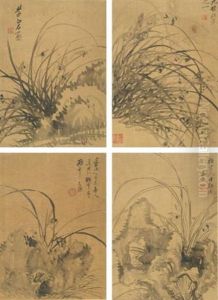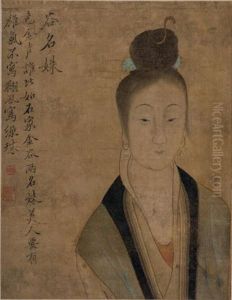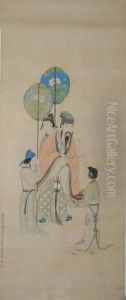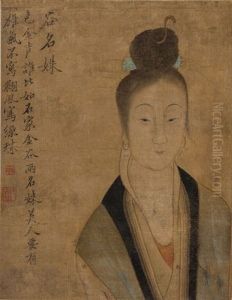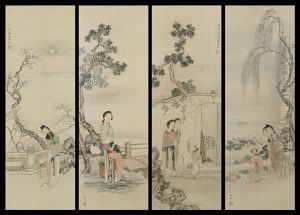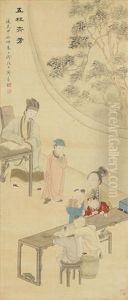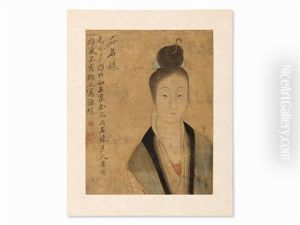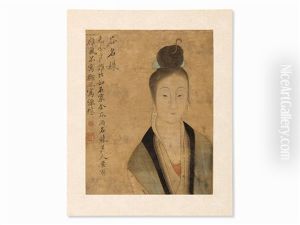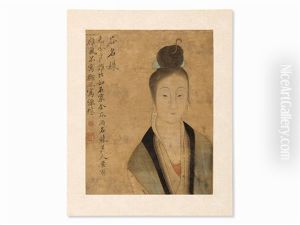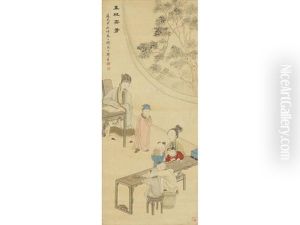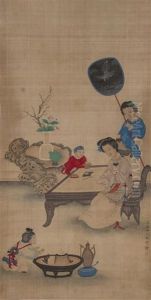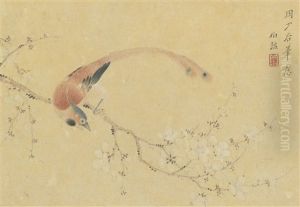Gai Qi Paintings
Gai Qi was a Chinese painter, poet, and calligrapher during the Qing Dynasty. Born in 1773 in the Zhejiang Province of China, Gai Qi was a prominent figure in the Shanghai school of painting, known for his delicate style and literati sensibilities. He was also associated with the 'individualist' painters of the early Qing period, who sought personal expression and were less bound by the rigid traditions of the past.
Gai Qi's artwork often included figures, flowers, and birds, with a particular emphasis on portraying women from various walks of life. His paintings are characterized by their elegant and refined style, with a focus on capturing the beauty and grace of his subjects. Despite being a notable painter, Gai Qi struggled financially for most of his life and was recognized more posthumously than during his lifetime.
In addition to his painting, Gai Qi was an accomplished poet and calligrapher. He was deeply influenced by the cultural and artistic traditions of China, which he integrated into his work. His poetry, like his paintings, was noted for its lyrical beauty and often explored themes of nature and introspection.
Gai Qi's contributions to the arts were part of a larger movement of literati painters who sought to express their intellectual and artistic pursuits outside the confines of the imperial court or commercial markets. He passed away in 1828, leaving behind a legacy that would inspire future generations of Chinese artists and scholars. His work continues to be studied and appreciated for its contribution to the rich tapestry of Chinese art history.
